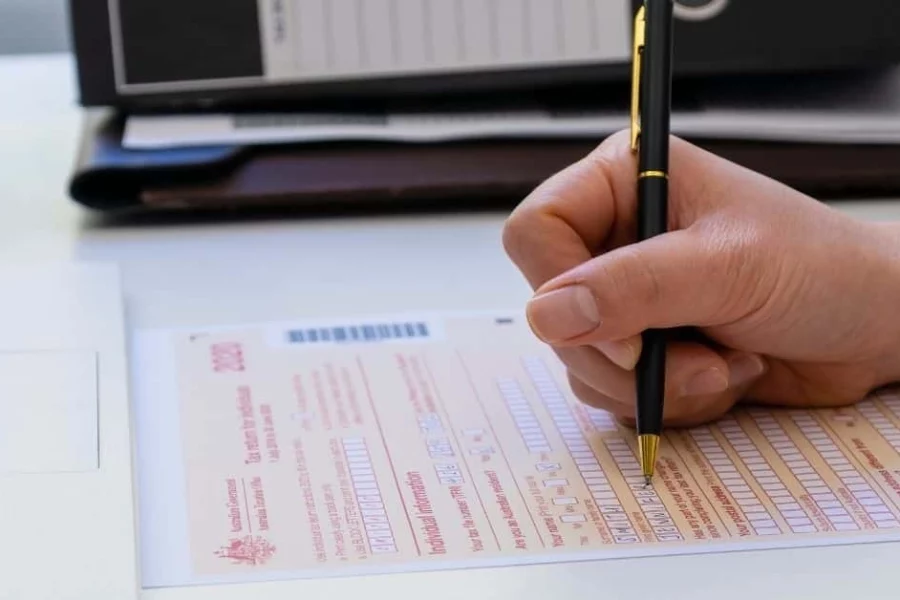
In the fast-paced world of real estate, timing isn’t just important—it’s everything. One of the most overlooked strategies for ensuring a smooth property transaction is encouraging clients to engage their conveyancer early. It’s a move that not only protects the buyer and seller but also makes life significantly easier for real estate agents. And thanks … Continued




































